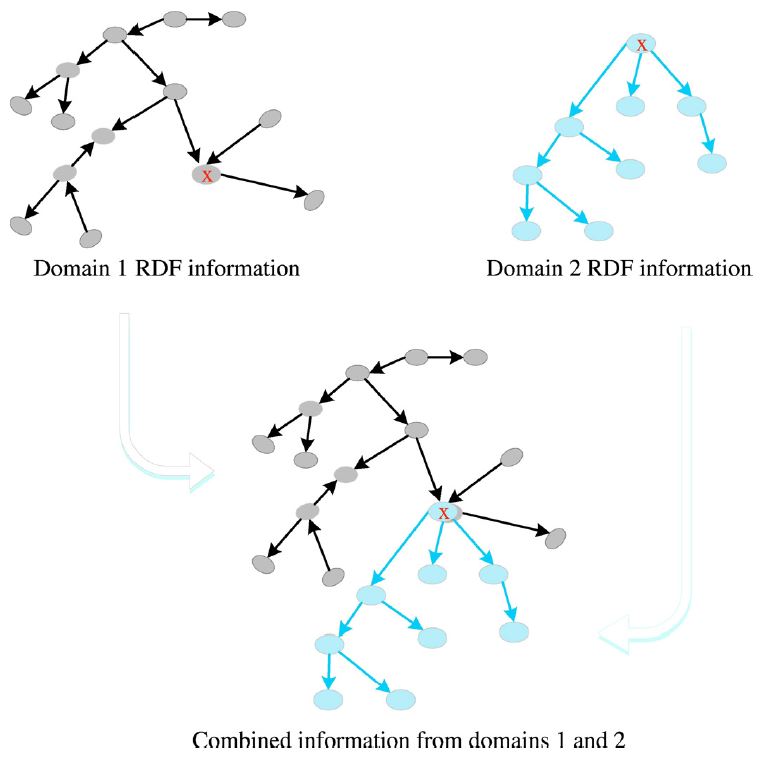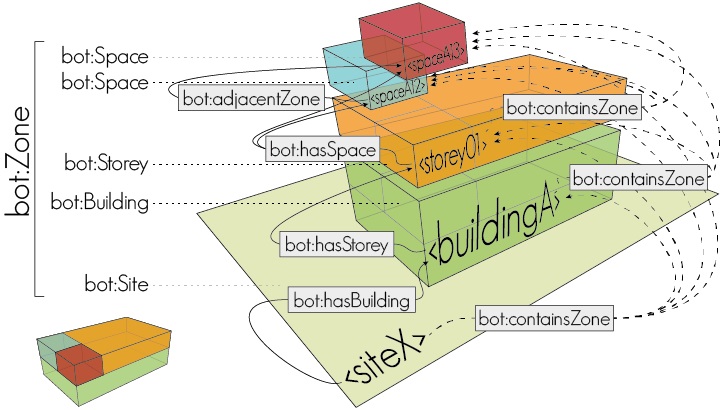To understand the theoretical options available for combining ontologies, recent literature was reviewed.
Niknam & Karshenas (2017) describe 3 integration approaches:
- “Develop a single ontology that covers all knowledge domains involved in the building lifecycle” Overall, a very difficult task of agreeing concepts and relationships between all industry domains and actors. Practically impossible, however precedence is provided in the work of ISO (for example ISO19650 which sets out agreed project stakeholder roles and responsibilities) and BuildingSMART (in the provision of an open, vendor neutral data format) for examples in establishing industry-wide standards.
- “Each domain independently develops its own ontology. The independently developed domain ontologies must be aligned for information exchange” Multiple, individually developed and domain specific taxonomies. This requires manual alignment between domains and, according to the authors, does not improve significantly on the current situation as far as interoperability is concerned.
- “Each domain develops its own ontology by extending a shared (foundation) ontology” This approach consists of developing a shared semantic foundation, which is then extendable per domain, which are aligned through these shared base concepts.
Figure 1 – Theoretical diagram for a shared foundational approach, aligning on the semantic concept ‘X’
Although a theoretically practical solution, in practice we felt this oversimplified the challenge. Perhaps at best, it could result in a handful of shared concepts (such as ‘material’ and ‘stakeholder’ in our case) such as is established by the Building Topology Ontology by Rasmussen et al. (2021) as a good example of a foundational ‘shared’ ontology.
Figure 2 – Building Topology Ontology uses a version of the ‘shared foundation approach’ to integration
It should be remembered that every ontology is built for a specific purpose, and therefore being able to directly and easily merge individuals, developed separately, was unlikely to be feasible. We found that it was necessary to integrate our individual ontologies on a more complex level by merging on shared concepts, aligning by reorganising classes and hierarchies and extending the classes and super-classes to fill out the new domain logic.

